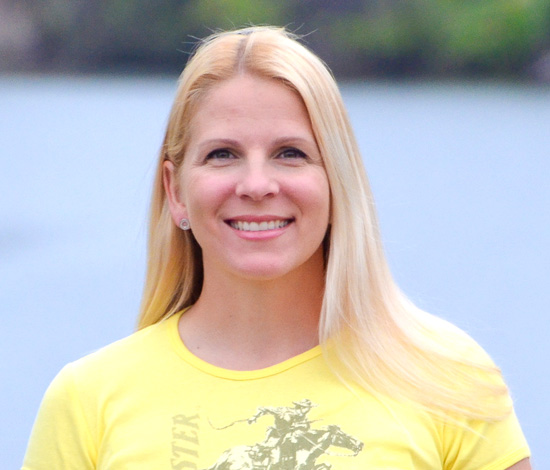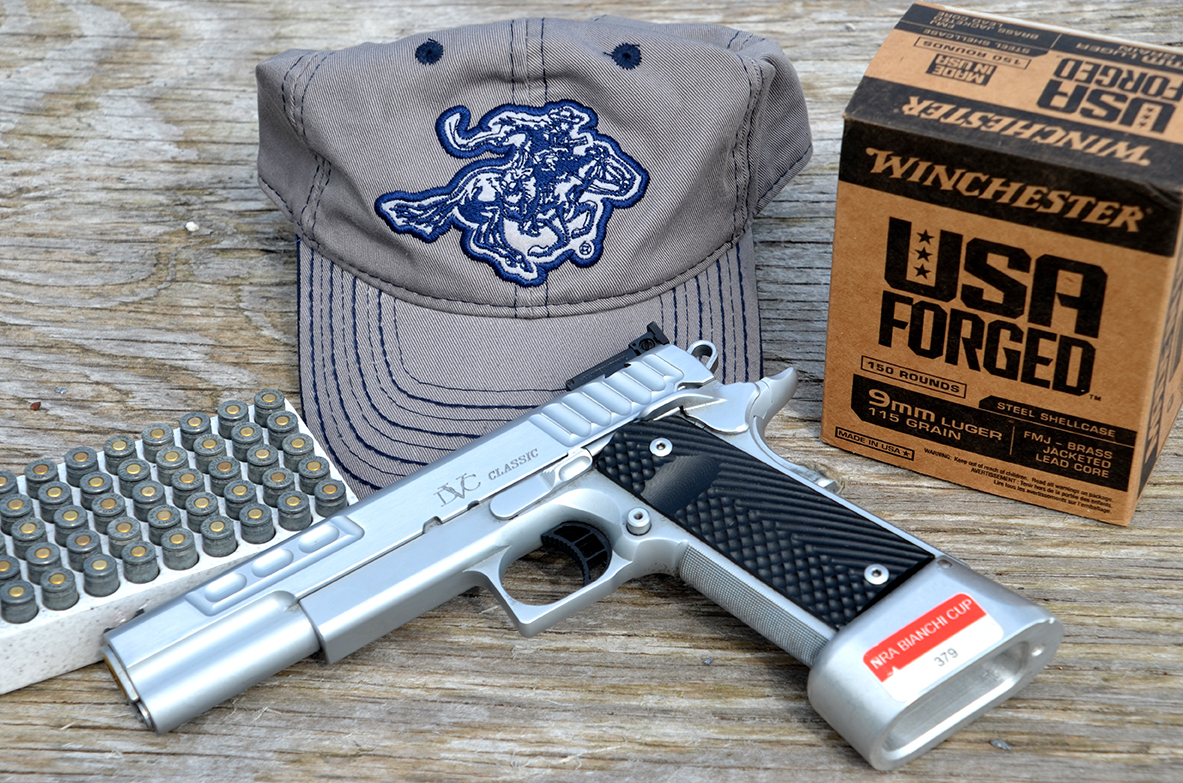Practice Drills 101 for Speed
In order to find the balance between precision and speed with a handgun for USPSA or IPSC style shooting, you have to be able to slow down or speed up on the clock, almost without thinking about it.
To do that, you need experience in shooting different ranges. In this video, I invite you to shoot a drill two ways in order to decide which you prefer.Preventing cookies from being stored on your device may interfere with your ability to view video content.
You can adjust your cookie setting by clicking the button below.
One of the things you will hear more experienced competitors talk about is that it’s easier to teach someone to speed up than it is to teach them to be precise. However, you need to find balance in shooting. Last time we talked about control. Knowing where to have more or less control effects your performance when making precise shots. If you take someone with a background in bullseye pistol shooting, where shooters have several minutes per shot, teaching them to shoot an array of 3 targets with .3 splits between shots might blow their mind. But when they need to slow down and hit a 12 inch target at 25 yards, they will be able to do it. Taking someone who has only shot the fast, 2 hits anywhere style of pistol shooting, and teaching them to make first shot hits on small targets is more difficult. The difficulty isn’t in the mechanics, it’s in how they are applied and in mastery of the required control.
Are you the type of shooter who gains confidence from our first shot being right there and going for speed, then control? Or are you the type of shooter who benefits from starting calmly, getting a first round hit and then opening up the control and speeding through what’s left?
Often this is something you will only learn from practice. The pressure of the timer can sometimes give the jitters and knowing whether we should start with the precision or speed.
One drill my youngest son likes to do and remembers from one of his first junior camps is shooting a playing card – then, moving back farther and farther. Shoot one shot, add a yard, shoot another shot, add a yard, etc. Just like we covered the different types of sight picture you should have for distances from close to far, shooting speed from close to far will have variables. A small target like a playing card will give an aiming point and help you understand what you need to see in your sight picture in order to make a precise shot. If I have just a small piece of steel, I can shoot it from 10 yards or so. Then, continue backing up as far as I want, learning where I need to hold to hit it. All I need for that is a piece of steel and a can of paint.
I want you to focus on two things when I practice these skills. First, trigger control. Don’t take the shot until sights are aligned and where they need to be on the target. Second, when I transition from fast to precise or precise to fast, I try to remember what I need to see in my sights: a clear sight picture placed correctly on the target for the far shots and a less precise sight picture for what’s close.
Be sure to follow Winchester’s social media channels for more hunting and shooting tips and updates on Winchester supported events and promotions on Facebook, You Tube, Instagram and Twitter.





